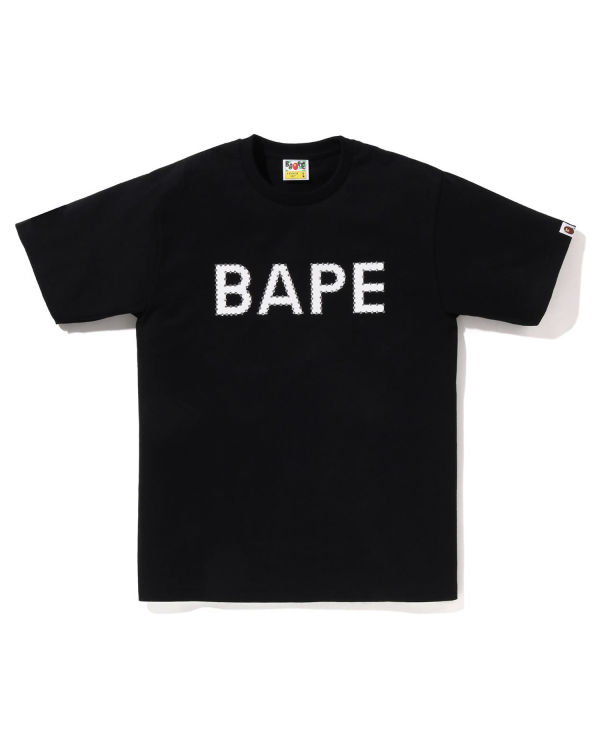
When it comes to streetwear fashion, few brands can rival the impact and popularity of Bape (A Bathing Ape). In this article, we will explore how Bape shirts have become a symbol of Japanese craftsmanship, examining the brand’s history, its commitment to quality, its manufacturing process, and its lasting impact on the fashion industry.
To understand the significance of Bape shirts as a symbol of Japanese craftsmanship, it is essential to delve into the brand’s history and its commitment to quality. Founded in 1993 by Tomoaki Nagao, known as Nigo, Bape quickly gained a following for its innovative designs and attention to detail. Nigo’s passion for streetwear and his desire to create unique, high-quality garments set the brand apart. Bape shirts were not simply mass-produced items; they were crafted with care and precision, reflecting the dedication to craftsmanship that is deeply rooted in Japanese culture.
One of the key aspects that distinguish Bape shirts is their meticulous manufacturing process.
Bape takes pride in its commitment to quality, ensuring that each shirt meets the brand’s high standards. Bape collaborates with skilled craftsmen in Japan who possess a deep understanding of textiles and garment construction, resulting in shirts that are not only visually striking but also built to last.
Furthermore, Bape’s attention to detail is evident in the brand’s unique design elements and signature motifs.
The brand’s ability to seamlessly blend different patterns, textures, and colors is a testament to its commitment to design innovation and meticulous execution. Bape shirts are not just clothing; they are wearable works of art.
Moreover, Bape’s commitment to Japanese craftsmanship extends beyond the manufacturing process.
The brand’s collaborations with other Japanese companies and artists further showcase its dedication to celebrating and promoting Japanese culture. Bape has collaborated with traditional textile manufacturers, such as Edo Komon, to create limited-edition shirts featuring intricate patterns and traditional dyeing techniques. These collaborations not only highlight the brand’s appreciation for Japanese craftsmanship but also serve to preserve and promote traditional art forms in a modern context.
The impact of Bape’s dedication to craftsmanship and attention to detail extends beyond its own brand and has influenced the broader fashion industry. Bape’s success has inspired other brands to prioritize quality and craftsmanship, shifting the focus from mass production to creating garments that are built to last. The brand’s commitment to unique designs and meticulous execution has challenged the notion that streetwear is disposable fashion, elevating it to a level of artistry and craftsmanship typically associated with high-end luxury brands. Bape has set a new standard for streetwear, proving that quality and attention to detail are not exclusive to high fashion.
Furthermore, the influence of Bape’s Japanese craftsmanship can be seen in the rise of Japanese streetwear as a global force. Bape’s success paved the way for other Japanese streetwear brands to gain international recognition, showcasing the unique blend of creativity and meticulousness that defines Japanese fashion. The attention to detail, the focus on textile quality, and the commitment to craftsmanship that are at the core of Bape’s identity have become defining characteristics of Japanese streetwear as a whole. Bape has become a symbol of Japanese fashion excellence, inspiring a new generation of designers and artists to create garments that reflect the essence of their culture.
In conclusion, Bape shirts embody the spirit of Japanese craftsmanship and attention to detail.
The brand’s commitment to quality, its meticulous manufacturing process, and its unique design elements make Bape shirts a symbol of excellence and artistry. Bape’s influence on the fashion industry, particularly in streetwear, has led to a greater appreciation for craftsmanship and has redefined the perception of what streetwear can be.